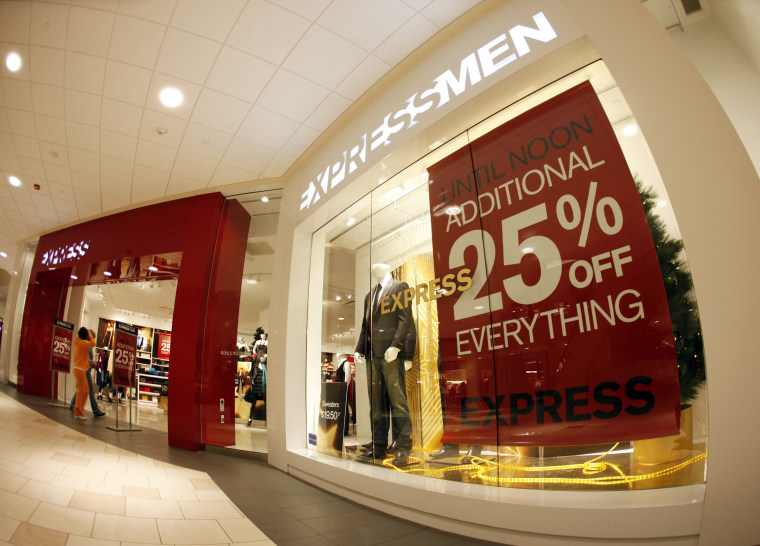Vogue Business recently published a piece on the rising popularity of made-to-order business model.
It is also important to note that the conventional fashion business model is falling apart at the seams.
As buyers, we have never had such a vast array of fashion options than today. Booming e-commerce trade and second hand markets open up avenues for consumers to satisfy their sartorial needs and desires. Buyers are becoming more educated and picky in making their purchasing decisions; their tastes are also getting more diverse, not to mention constantly shifting. As a result, stores are finding it harder to predict what sells and what doesn’t.
When major retailers struggle in sales, they shift business risks as much as possible to the designers. There is a longer delay before designers will see the money that retailers owe them, and often they have to deal with returns of unsold goods, both of which are detrimental to cash flow and profit margins of any business, especially independent designers who often operate on minimal capital. Everyone is losing, except maybe the factories.
This is the problem with the current business model. It relies on building inventories and pumping more products into an over-saturated market. Burberry was burning unsold goods. H&M has accumulated US$4 billion’s worth of inventory throughout their stores and warehouses worldwide.

The made-to-order business model avoids this inventory problem. Money that is not wasted on making goods that people do not want to buy can be invested in marketing and product development. Aside from avoiding the inventory problem, the made-to-order business model comes with many perks. The designer gets to interact with customers directly. I personally love seeing how my clothes are used in different contexts, environments and activities. I often receive valuable feedbacks from my customers who tell me what they love about the clothes and fabrics, as well as the areas to improve on. In return, my customers receive clothes that are tailored to their body and can tweak the designs however they want. Rather like haute couture, but for everyday clothes.
The challenges that I often face in this business revolve around the constraints of time. Roland Mouret and Prabal Gurung both commented on the extra time required to produce customised garments, on average spanning 2-3 months. On a normal production time, it takes a week or two to make a piece of clothing. But when I am swamped with designing new collections, shooting editorials and visiting tailors, the turnaround time gets slowed down quite severely.
Despite the difficulties however, this business model, when handled properly, can be the key to sustainable growth. Designers that are backed by external sources often worry about not meeting sales quota or scaling up quickly. Fortunately I have no one to answer to but my customers. Maturing slowly and organically is the antithesis of startup culture, but it’s the path that I have picked. Slow growth leaves room for learning, fostering lasting relationships with customers and manufacturing partners, as well as maintaining financial independence because that growth can be funded by profit that is internally generated by my business.





Good read, Gracia. Very insightful.